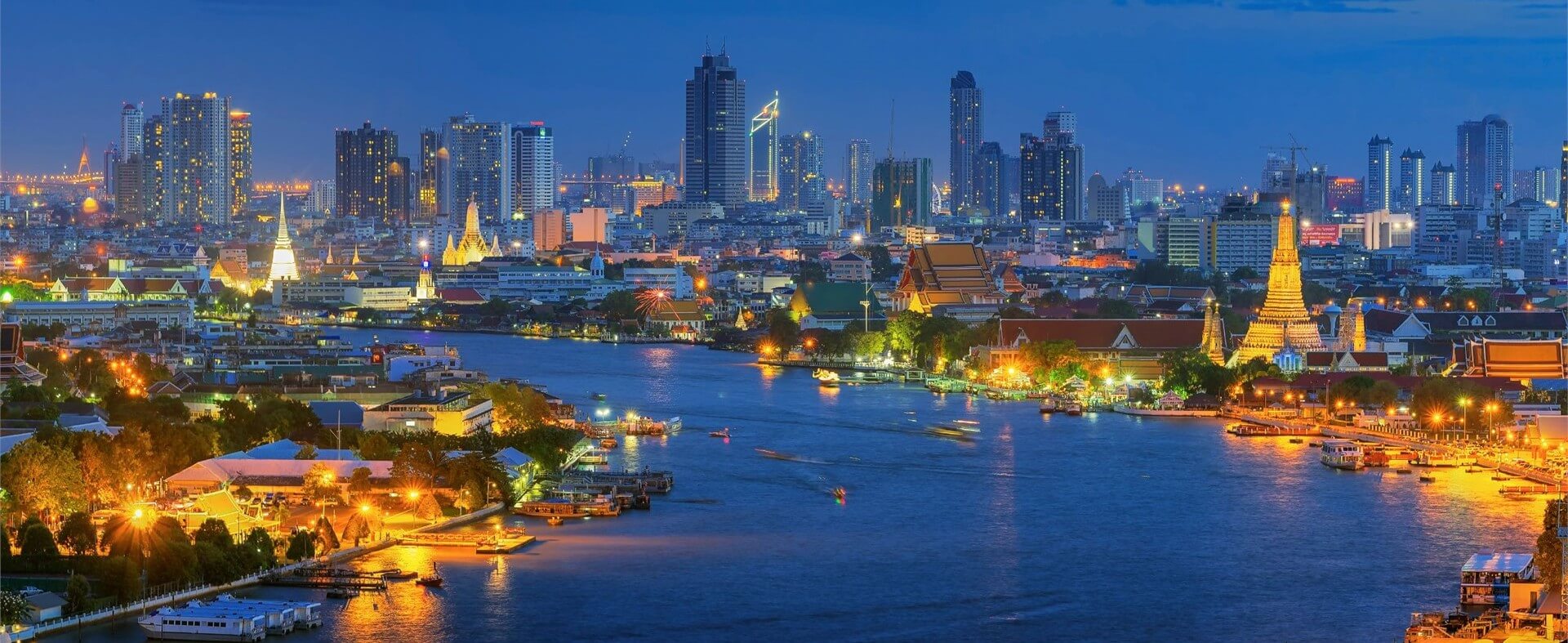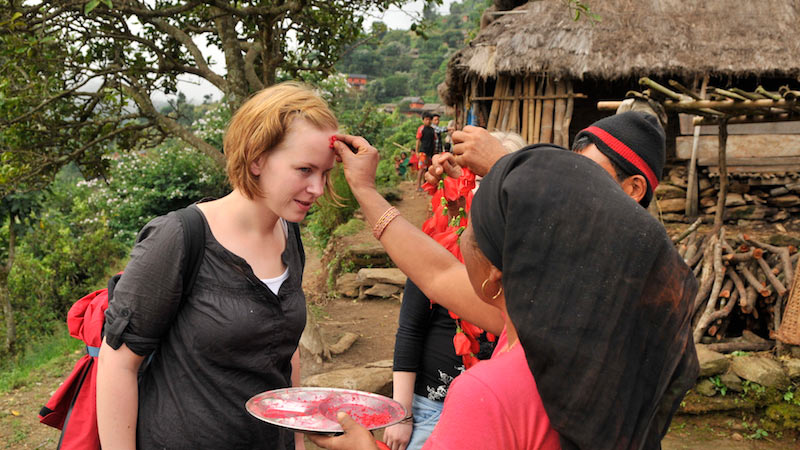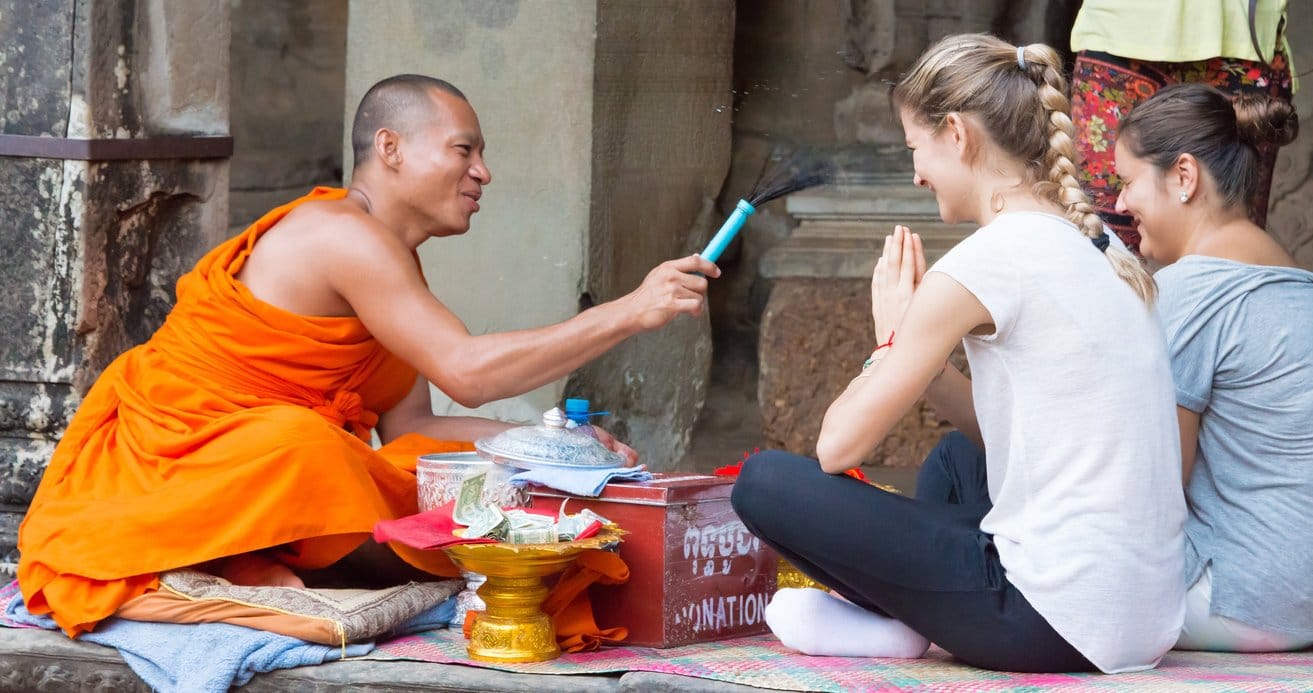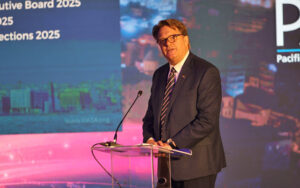Asian Tourism: A Force for Good in a World That Needs It

Peter Semone
Chairman of Pacific Asia Travel Association (PATA)

In an era when international headlines often highlight global instability and division, a quieter, more hopeful story is unfolding across Asia. Tourism, a vital contributor to service exports, is proving to be a powerful force for good—driving positive change by fostering peace and mutual understanding through people-to-people exchange. It safeguards cultural heritage, supports local livelihoods, and uplifts communities through poverty alleviation. In doing so, tourism is not just an economic engine—it’s a bridge between nations, a preserver of identity, and a catalyst for inclusive growth in a world that urgently needs connection.
For developing countries across the Asia continent, tourism is already a vital source of revenue and employment, playing a crucial role in lifting communities out of poverty. It offers tangible economic benefits by building economies and bringing jobs, directly impacting the lives of individuals and families. However, its potential for economic inclusion goes deeper than just job creation; a meaningful tourism economy must ensure benefits are distributed equitably, offering real advantages to host communities. Poverty reduction is explicitly highlighted as an aspiration for a ‘Higher Purpose of Tourism,’ underscoring its potential as a tool for economic empowerment and improved living standards, particularly among women and ethnic minorities.

Beyond the economic sphere, tourism acts as a powerful catalyst for social and cultural change. Through intercultural interaction, tourism inherently brings people from diverse backgrounds together, fostering mutual understanding and building crucial bridges across people from diverse communities, practicing different faiths, and representing varied ethnicities. This unique ability to unite people, inspire imaginations, and break down barriers is central to tourism’s role in showcasing unique cultures and celebrating differences.
A core truth is that “what is good for residents is good for visitors”. Investing in livable communities – those with safe streets, accessible infrastructure, quality public services, and vibrant cultural life – inherently enhances both the daily lives of locals and the experience of those visiting. These are, in fact, the very building blocks of truly sustainable tourism.
Livability-driven tourism development contributes significantly to community well-being and cultural continuity, ensuring that heritage preservation becomes a source of pride and progress, not merely a performance for tourists. Authentic, inclusive, and community-centered cultural expression must be prioritised over commodification, allowing cultural assets to be protected and lived by locals first. Initiatives like community-based tourism are crucial in empowering locals, preserving their identity, and ensuring a more equitable distribution of tourism’s benefits.
Tourism is inextricably linked to the pursuit of peace and mutual understanding. It is dependent upon peace and its massive expansion over the past 75 years, from 25 million to 1.5 billion international arrivals, was fundamentally built on post WW2 stability. Without this foundation of peace, such growth would have been impossible, and the future of tourism remains uncertain due to current global geopolitical instability.

In an era where the fabric of human civilisation feels fragile and democratic norms face unparalled challenges, tourism’s role in advocating for peace through understanding, empathy, and shared destiny is more critical than ever. Tourism must remain a quiet force for peace in the face of geopolitical instability and rising nationalism. As Mark Twain famously observed, travel is “fatal to prejudice, bigotry, and narrow-mindedness”. This timeless insight underscores tourism’s power to build bridges and combat polarisation and xenophobia. Promoting international understanding and even aiming for the healing of conflict wounds are core aspirations of a “higher purpose of tourism”.
However, achieving these positive outcomes is not automatic. Unmanaged or poorly designed tourism can exacerbate existing problems, leading to environmental degradation, cultural homogenisation, and the significant negative impacts of overtourism. When communities feel sidelined and commodified, the promise of tourism as a force for good is undermined. The “invisible burdens” placed on communities and environments by overtourism and substandard destination management are real and must be confronted.
This is precisely where PATA’s new vision – A Meaningful Pacific Asia Tourism Economy – offers a necessary and valuable framework. It is built on the powerful insight that tourism development requires increasing quality, benefits, and satisfaction for all major stakeholders – not just visitors and businesses, but crucially, the host communities, workers, and the environment. Embracing this approach is about recognising a shared destiny and demands a level of personal responsibility from everyone involved. It compels us to move beyond a purely extractive model of tourism towards one that is regenerative, urging us to consider not just what we take from a destination, but what we give back.
At the heart of this transformation lies the central truth that a good place to visit must first be a good place to live. This isn’t just a catchy phrase; it’s a fundamental principle for sustainable tourism development. By prioritising the well-being of host communities and investing in livable environments – covering everything from safety and public services to urban design and civic pride – destinations become genuinely better places for everyone. This benefits residents first, creating authentic environments, and in turn, enhances the visitor experience.

To guide this essential shift, we must also acknowledge that for too long, the industry has equated success solely with growth – more arrivals, longer stays, higher spending. These traditional metrics, while economically significant, are increasingly outdated and fail to capture what truly matters: whether tourism improves lives, protects unique destinations, and fosters peace. As Peter Drucker noted, “If you can’t measure it, you can’t manage it,” but we have been measuring the wrong things. This narrow focus on increasing numbers has come at the cost of sustainability and resilience. We need to broaden the lens. True tourism success must include community well-being, cultural continuity, and environmental health.
This reorients the focus from mere promotion to purposeful management, and from chasing short-term gains to building long-term value and resilience.
The Asia-Pacific region, with its diverse cultures, resilient economies, and collective spirit, is uniquely positioned to lead this necessary transformation. Embracing meaningful tourism is more than just a strategy; it’s a declaration of values. It reflects a commitment to responsible growth and enlightened patriotism – caring for one’s own communities and environment while collaborating across borders. Redefining tourism success is no longer optional – it is imperative.
Copyright Institute Tourism

Peter Semone
Peter Semone is a passionate leader in the world of tourism, with deep expertise in the Pacific Asia region. Currently serving his second term as Chairman of the Pacific Asia Travel Association (PATA), Peter brings decades of hands-on experience in tourism development, capacity building, and strategic planning. He has led impactful international projects in Timor-Leste, Lao PDR, and Vietnam, and is a trusted expert for UN Tourism (with a focus on China) and the Asian Development Bank (focused on the Greater Mekong Subregion). Peter is also the founder of the award-winning Lao National Institute of Tourism and Hospitality (LANITH), a pioneering vocational school that has helped shape the country's tourism workforce. A graduate of the University of Pennsylvania and Cornell University, Peter spent many years living in Indonesia, where he launched successful tourism ventures and advised the government on tourism policy. He’s widely published in academic journals on tourism marketing and human capital, and has authored strategies and action plans at every level—from cities to entire regions. When he’s not on the road, writing strategies or in the boardroom, Peter enjoys quality time with his family between Bali, Bangkok, and California.
